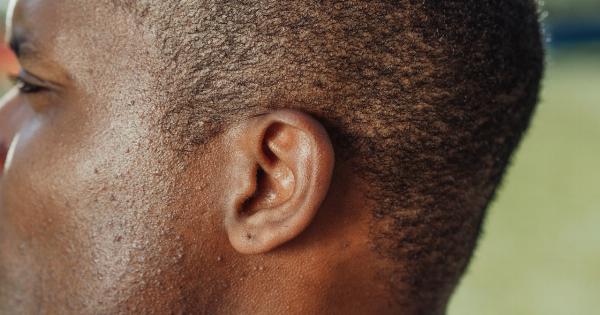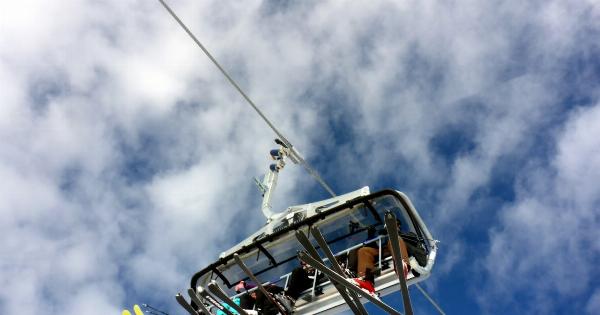Altruism, the selfless concern for the well-being of others, has long been a topic of fascination for psychologists, philosophers, and biologists.
While acts of altruism are seemingly innate to humans, the underlying neural mechanisms that drive such behavior have remained elusive. In recent years, advancements in neuroimaging techniques and studies on both human and animal models have shed light on the neurobiological correlates of altruistic acts.
This article seeks to explore the current research findings and understanding of how the brain is involved in altruistic behavior.
The Role of the Prefrontal Cortex
One of the key brain regions implicated in altruism is the prefrontal cortex (PFC), particularly the ventromedial prefrontal cortex (vmPFC) and dorsolateral prefrontal cortex (dlPFC).
Studies using functional magnetic resonance imaging (fMRI) have shown increased activity in the vmPFC and dlPFC when individuals engage in acts of altruism. These regions are involved in decision-making, empathy, and moral reasoning, suggesting their importance in the neural processing underlying altruistic behavior.
The Influence of Dopamine
Dopamine, a neurotransmitter associated with reward and motivation, has also been implicated in altruistic acts.
Research has shown that dopamine levels increase when individuals engage in altruistic behavior, contributing to the positive feelings and reinforcement associated with helping others. Moreover, studies involving administration of dopamine agonists or antagonists have demonstrated the direct influence of dopamine on altruistic tendencies, further supporting its role in the neurobiology of altruism.
The Mirror Neuron System and Empathy
The mirror neuron system (MNS) is considered integral to understanding the neural basis of empathy and its connection to altruistic acts.
The MNS, primarily located in the premotor and parietal cortex, is activated when individuals observe others performing actions or experiencing emotions. Activation of the MNS allows individuals to “mirror” the observed actions or emotions, leading to empathy and an increased likelihood of engaging in altruistic behavior.
Studies using both fMRI and electroencephalography (EEG) have provided evidence for the involvement of the MNS in altruistic acts.
Oxytocin and Prosocial Behavior
Oxytocin, often referred to as the “love hormone,” is known for its role in social bonding and maternal behavior. Recent research has also highlighted its involvement in altruism and prosocial behavior.
Intranasal administration of oxytocin has been shown to increase individuals’ trust, empathy, and willingness to engage in acts of altruism. Moreover, oxytocin receptor gene polymorphisms have been linked to differences in altruistic behavior, further supporting the role of oxytocin in facilitating prosocial tendencies.
The Impact of Genetics on Altruism
Genetic factors have been found to contribute to individual differences in altruistic behavior as well. Twin studies have demonstrated a genetic component to altruism, with heritability estimates ranging from 20% to 50%.
Various genes, such as the oxytocin receptor gene and the serotonin transporter gene, have been implicated in influencing altruistic tendencies. These findings underscore the complex interplay between genetic factors and neurobiology in shaping altruistic behavior.
Neuroplasticity and Altruism
The brain’s ability to change and adapt, known as neuroplasticity, also plays a role in altruistic acts.
Engaging in acts of altruism has been shown to increase neural plasticity, particularly in brain regions associated with empathy and reward processing. This suggests that repeated engagement in altruistic behavior can reshape the brain, fostering a predisposition towards further acts of altruism.
The Role of Emotional Processing
Emotions, particularly empathic concern and compassion, are integral to altruistic behavior.
Neuroimaging studies have revealed that brain regions involved in emotional processing, such as the anterior cingulate cortex and insula, are activated when individuals perform altruistic acts. Furthermore, individuals who are more sensitive to others’ emotional cues have been found to exhibit higher levels of altruism, indicating a link between emotional processing and altruistic behavior.
Cultural and Environmental Influences
While the focus of this article has been on the neurobiological correlates of altruism, it is essential to acknowledge the significant impact of cultural and environmental factors.
Social norms, upbringing, and exposure to prosocial models play a crucial role in shaping altruistic behavior. These factors interact with the neurobiological processes discussed, influencing how an individual manifests their altruistic tendencies in real-world situations.
Conclusion
The exploration of the neurobiological correlates of altruism has provided valuable insights into why individuals engage in selfless acts for the benefit of others.
The prefrontal cortex, dopamine, mirror neuron system, oxytocin, genetics, neuroplasticity, emotional processing, and cultural/environmental influences all interplay to shape altruistic behavior. While there is still much to be understood, the research conducted thus far has unraveled the intricate neural mechanisms underlying our capacity for acts of altruism.






























